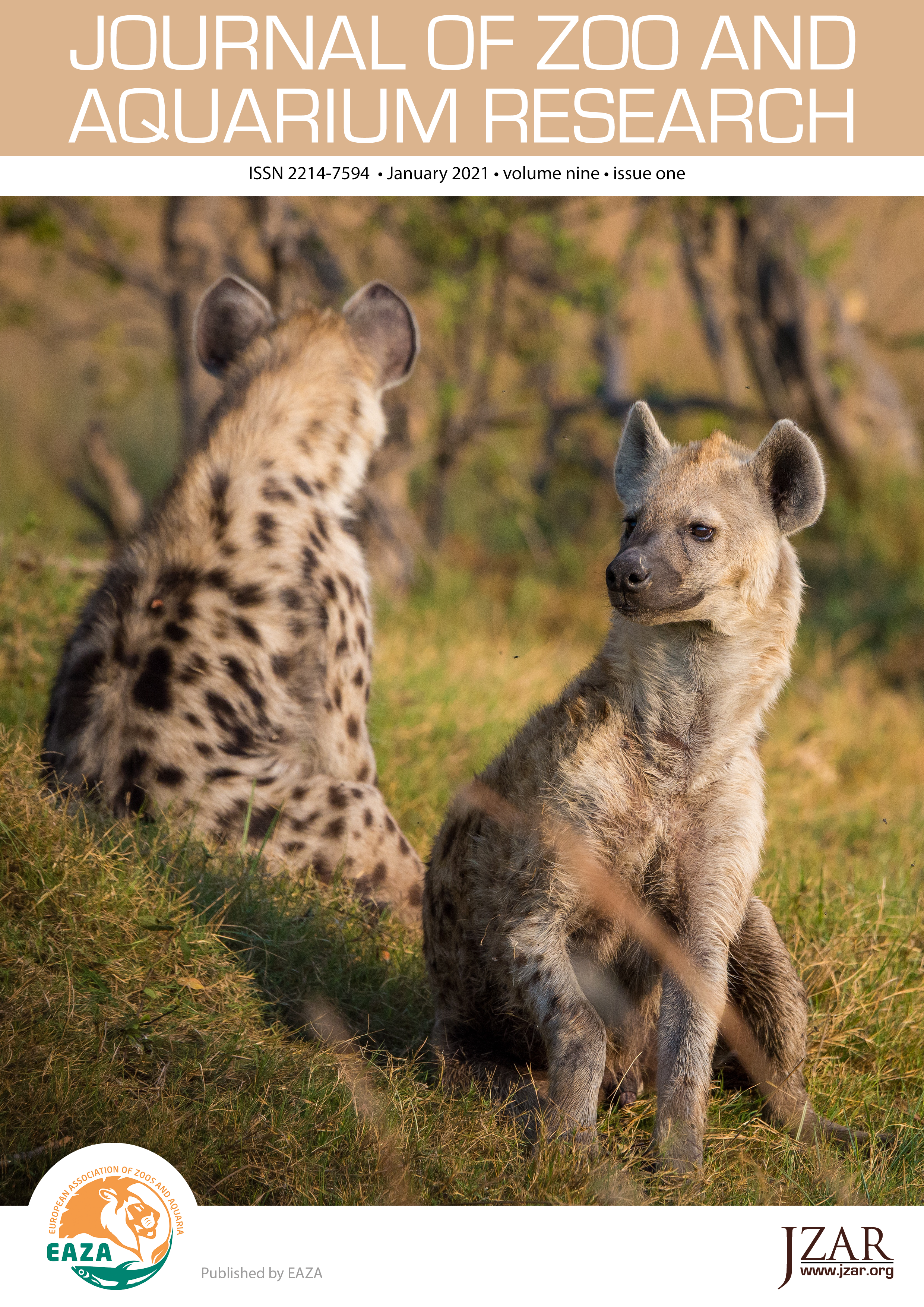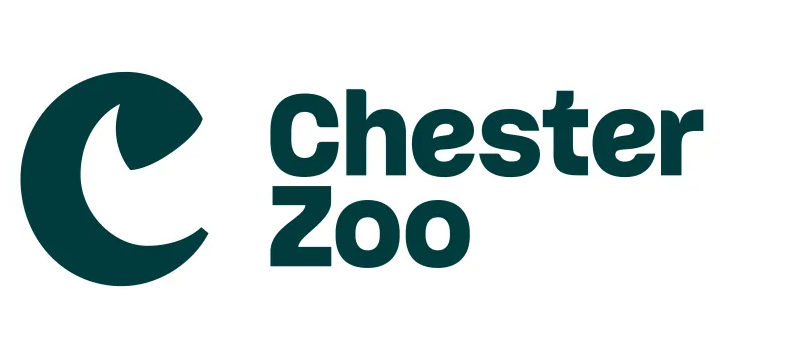Controlling inbreeding rate in the European zoo population of Hamadryas baboons Papio hamadryas with a breeding circle
DOI:
https://doi.org/10.19227/jzar.v9i1.585Keywords:
Hamadryas baboons, rotational mating, breeding circle, group management, population management, inbreeding rateAbstract
Genetic management based on kinships can be difficult to apply for animals living in groups without reliable pedigrees and with limited control over mating. Rotational mating is an alternative for which no pedigrees are needed. This study used computer simulations to estimate the effect of a breeding circle for the European zoo population of Hamadryas baboons Papio hamadryas. The breeding circle consisted of the 14 zoos with the largest populations in Europe. New-born females were transferred using a fixed scheme from Zoo 1 to Zoo 2, Zoo 2 to 3, 3 to 4 etc. and from Zoo 14 to Zoo 1. Frequency and number of transferred females varied. Breeding circles reduced inbreeding levels compared to a situation without exchange between zoos, while genetic diversity levels were almost the same. Without exchange between zoos, inbreeding rate per generation of the whole population was 1.93%. With a breeding circle, it ranged between 0.64% and 1.47%. Increased frequency of transfers and number of transferred females resulted in lower inbreeding rates. Within zoos, high inbreeding rates (up to 12.3%) without exchange disappeared with breeding circles (up to 2.3%). With random exchange between zoos, inbreeding rates were higher than with a breeding circle. Genetic diversity after 100 years was almost the same (98.5%) for no exchange, random exchange and with breeding circles. Breeding circles can thus be, at least sometimes, an effective way to genetically manage zoo populations in a way that is not labour intensive.
Downloads
Published
How to Cite
Issue
Section
License
JZAR fulfils the DOAJ definition of open access and provides free and open access to the full text of all content without delay under a Creative Commons licence. The copyright holder of JZAR publications grants usage rights to third parties, allowing for immediate free access to the work and permitting any user to read, download, copy, distribute, print, search, or link to the full texts of articles.







